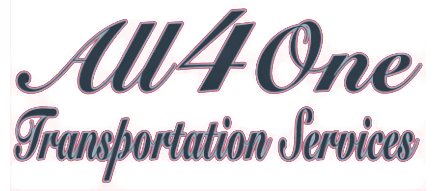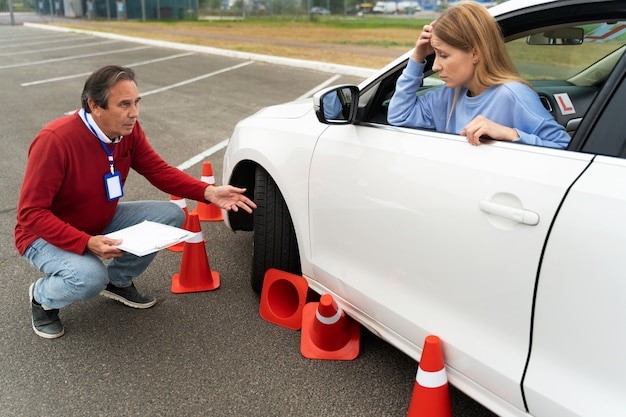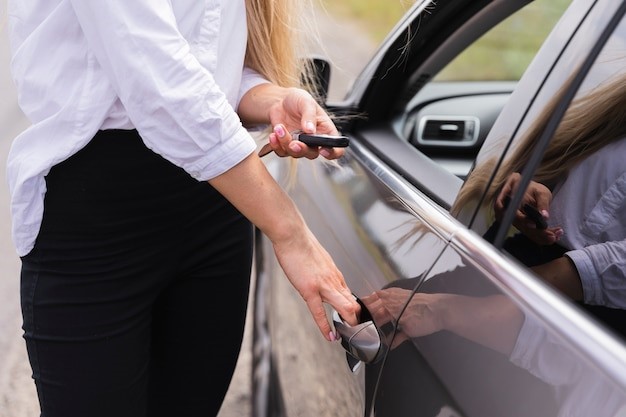If your car ever breaks down, gets stuck, or some unlikely incident causes a problem while you’re on the road, you’ll appreciate the emergency support you receive with road service. From flat tires to dead batteries, roadside assistance is peace of mind. But there is one question that comes up most of all: What does roadside assistance cost? In this guide, we’ll break down the cost of roadside assistance, including average prices, factors, and how you can find the best membership plan for you.
What Does Roadside Assistance Cost?
Roadside assistance is available from many insurance companies, third-party vehicle services, and automobile clubs. So if you find yourself stranded on the road by car trouble or emergencies, it’s intended to help you. Roadside assistance charges are not the same for everyone, as they often depend on a few factors:
- Provider: Each provider has different prices. Some insurers will sell it as an add-on, and a third party might charge a separate fee.
- Type of Coverage: The cost of more comprehensive roadside coverage may be increased.
- Plan Type: Basic plans generally will cost less, and premium plans, having more, or more services, will be more expensive.
- Location: The region where you live may affect the price. The cost in urban areas could be a bit higher than in rural areas because of the availability of services and distance as well.
Where To Compare Roadside Assistance Prices
When comparing the prices of roadside assistance, it is critical to consider multiple platforms and services where one could compare the price conveniently. The following are some of the options available to enable you find the best deal in accordance with your needs:
- Auto Insurance Providers
The assistance is usually offered by numerous auto insurance companies, including AAA, Geico, or Progressive, as a part of their coverage, or as an add-on. You can contrast these providers one-to-one in order to have an understandable view of whether it is economical to include roadside assistance to your policy or not. - Dedicated Roadside Assistance Companies
AAA and AARP Roadside Assistance as well as Allstate Motor Club are examples of companies providing specialized road side services. They also have their websites on which going will give you a clear picture of what they offer and how much they charge. - Apps and Service Providers
HONK and Urgently are apps that give out roadside aid on request. The service is often in real-time price comparisons and they are usually in your locality which gives you the price clarity. - Local Providers
Also check with local auto clubs or mechanics who may provide roadside assistance with a good rate especially since they can be more personal.
Factors Affecting The Price of Roadside Assistance?
There are many possible reasons for the cost of breakdown cover. For instance, whether you opt for an insurance add-on or a stand-alone plan, the level of coverage you choose and the area you live in can all affect the price. In this article, we’re going to take a closer look at what affects cost and give a better understanding of what you can expect when choosing a plan.

Type of Coverage
The more comprehensive your roadside assistance, the more you will pay. A few plans provide premium coverage — more service calls, greater towing distances, and priority service, for instance.
- Basic plans can generally deliver up to a stated mileage of towing, a set number of service calls, and a restricted list of services.
- Premium plans may include unlimited service calls, more generous towing (up to 100 miles), and higher service limits.
Subscription Fees
Most car insurance companies offer emergency road service as either a standard feature or an add-on you can pay extra for. That can increase your insurance rate by between $10 and $25 a year.
Add-Ons and Upgrades
Many of the roadside assistance programs provide optional services like:
- Extended towing (the typical 10 or 25 miles).
- Coverage for vehicles driven by other family members or drivers.
- Vehicle rental reimbursement if you break down entirely.
These extras can inflate the annual cost of your plan.
Types of Roadside Assistance Plans
There are various types of these plans. Moreover, you may choose the basic or premium package according to your requirements. We’ll take a look at the different plans, the advantages each offers, and how they fit into your needs for driving and safety.
- Insurance-Based Plans: Several car insurance providers offer roadside assistance for an additional cost to your car insurance policy. These plans are generally inexpensive, running between about $10 to $30 a year for coverage.
- Third-Party Providers: Independent roadside assistance services often offer annual membership, typically ranging from $50 to $100, depending on how much coverage you want.
- Auto Clubs and Associations: Many auto clubs offer various levels of roadside assistance, including discounts on towing, battery service, and hotel accommodations.
Selecting the Best Roadside Assistance Plan for You
There is the right plan for you, depending on how you drive your car, what car you drive, and how often you go on long drives. Here’s what to look for:
- How Often You Drive: If you drive long distances frequently, you may want a plan with higher towing limits and coverage.
- Age of vehicle: If you have an older car, it is possible that it could break down, so a more comprehensive plan with additional benefits may be worth it.
- Location: If you’re in a location where assistance is harder to find (like rural areas), consider a plan with quicker response times or more services, like gas delivery.
Conclusion
Roadside Assistance is a great option that could save you from costly repairs or being stranded in a dangerous situation on the side of the road. Roadside assistance is fairly inexpensive. However, most basic plans are very affordable to the average user. Weigh the coverage options and think about how often you may need help. The right plan can make all the difference between never being stuck when you need the most help.




